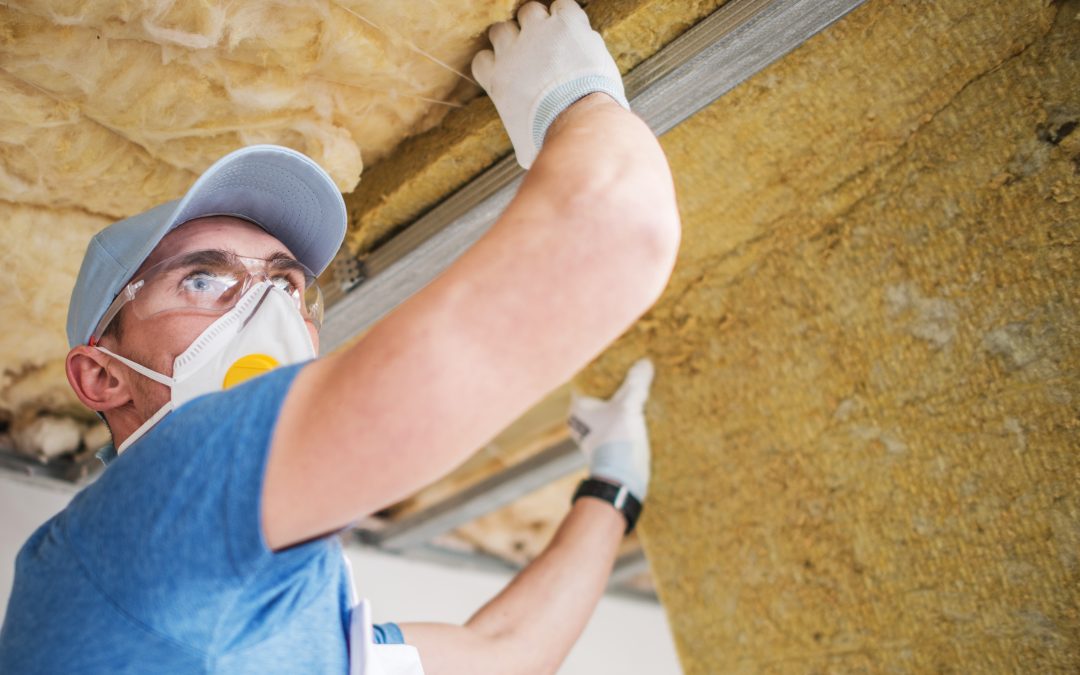A crawl space is a unique type of basement that is built on a low height foundation. Crawl spaces are often found in homes built on sloping land or areas with high water tables, and are designed to allow for easy access to the plumbing, electrical and HVAC systems of the home. However, crawl spaces are also known to be damp and dark, making them ideal habitats for pests and mold. To avoid these problems, it is essential to properly insulate your crawl space.
Why Insulate Your Crawl Space?
Insulating your crawl space can bring numerous benefits to your home. It can help to reduce energy bills, improve indoor air quality, and keep pests and mold at bay. A well-insulated crawl space can also increase the overall comfort level of your home and extend the life of your heating and cooling system.
Types of Crawl Space Insulation
There are several types of insulation that can be used in a crawl space, including:
- Fiberglass batts
- Blown-in insulation
- Spray foam insulation
- Radiant barrier insulation
Each type of insulation has its own unique benefits and drawbacks, and it is important to choose the right one for your specific needs. For example, fiberglass batts are the most commonly used type of insulation, and are cost-effective and easy to install. Blown-in insulation is another popular choice, and is great for covering large areas. Spray foam insulation is ideal for areas that are difficult to reach, and radiant barrier insulation is a great option for those who want to keep their crawl space cool.
How to Choose the Right Insulation for Your Crawl Space
When choosing the right insulation for your crawl space, there are several factors to consider, including:
- The climate in your area
- The age of your home
- The type of heating and cooling system you have
- The size of your crawl space
- The amount of ventilation in your crawl space
It is also important to take into account any specific needs or requirements you may have, such as resistance to mold or fire, or an allergy to certain types of insulation.
How to Insulate Your Crawl Space
Once you have chosen the right insulation for your crawl space, it is time to get started. The process of insulating a crawl space is fairly straightforward, and can usually be completed in just a few hours. Here is a step-by-step guide to help you insulate your crawl space:
- Clean and prep the crawl space: Before you start, it is important to clean the crawl space and remove any debris, old insulation or other materials that may be present.
- Install a vapor barrier: A vapor barrier is a type of plastic sheeting that is placed over the floor of the crawl space to prevent moisture from seeping into the insulation.
- Install insulation: Once the vapor barrier is in place, it is time to install the insulation. This can be done using a variety of tools and methods, depending on the type of insulation you have chosen.
- Seal any gaps and cracks: After the insulation is in place, it is important to seal any gaps or cracks that may be present. This can be done using spray foam or caulking, and will help to prevent drafts and keep pests and moisture out.
- Install ventilation: Finally, it is important to install adequate ventilation in your crawl space. This will help to reduce moisture levels and keep the air inside your crawl space fresh and dry.


Recent Comments